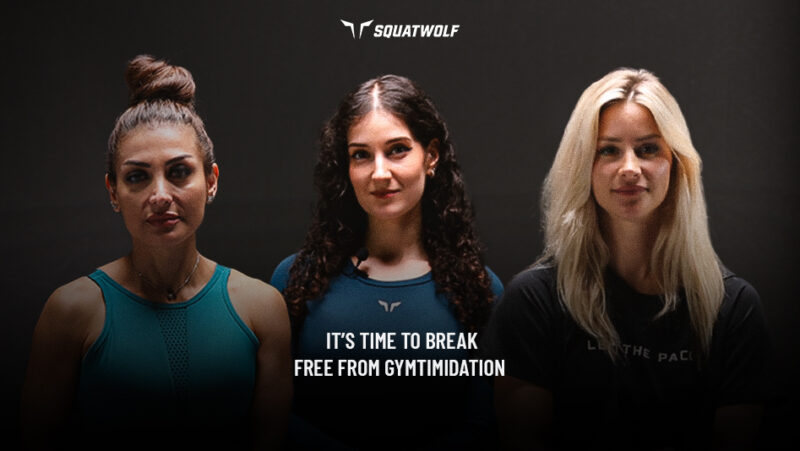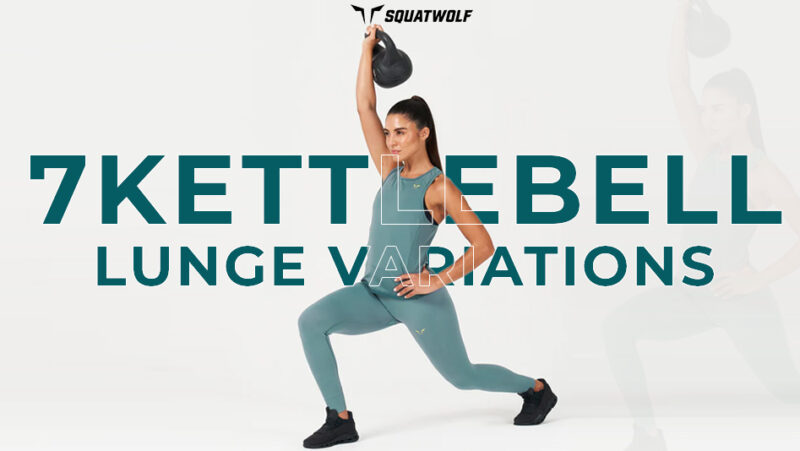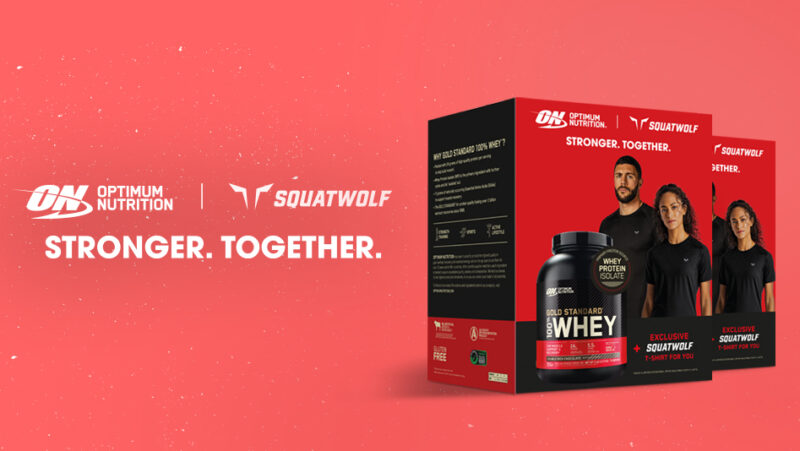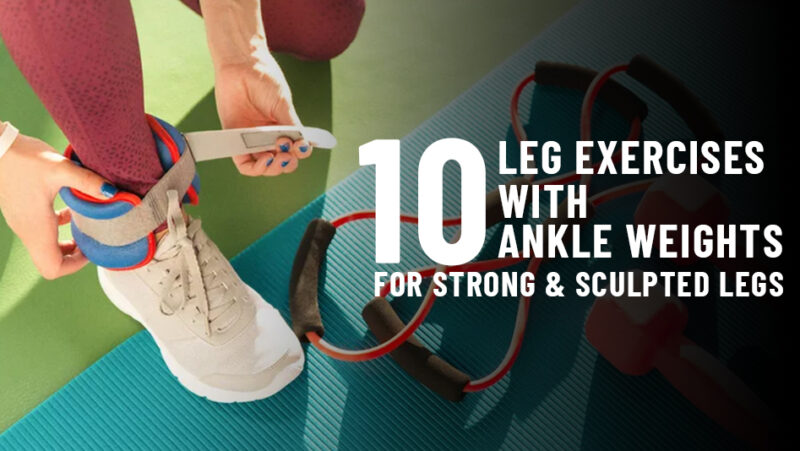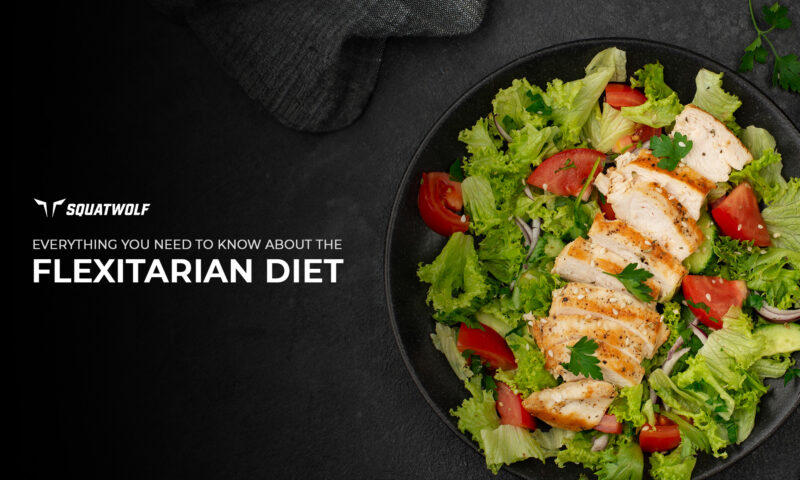Wouldn’t you just love to dine on steaks every night (and day)? Imagine a world where this isn’t just wishful thinking. Rather, its your living, breathing, eating reality.
Enter Vertical Diet – where indulging in a savory, succulent steak isn’t just for date nights. But, a part of your daily nutrition. The Vertical Diet, also known as meat and rice diet, aims to revolutionize your approach to dietary habits and patterns. It helps you lay the foundation to a stronger, sculpted physique with each bite.
Designed by Stan Efferding, an established bodybuilder and athlete, the Vertical Diet is the blueprint for boosting muscle growth and athletic performance. Let’s explore this diet in details.
What Is the Vertical Diet | Vertical Diet ‘T’ Structure | Foods to Eat | Foods to Avoid | Benefits | Downsides | Meal Plan | Key Takeaways | FAQs
What Is the Vertical Diet?
The Vertical Diet is a diet plan based on the philosophy of consuming nutrient-dense foods that are easy to digest. At the core of this philosophy is the idea that since your body doesn’t digest everything you eat, you lose out on nutrients. To allow better nutrient absorption, Vertical Diet encourages you to eat foods that are digestible.
By limiting the variety and following the Vertical Diet, your body efficiently digests the nutrients.
According to Efferding, “The Vertical Diet is about eating nutrient-dense foods that are easily digestible to help you lose or gain weight, maximize workouts, and achieve better nutrient absorption overall.”
He adds, “The goal is to keep the main focus on micronutrients such as vitamins, minerals, and antioxidants.”
Vertical Diet Structure – ‘T’
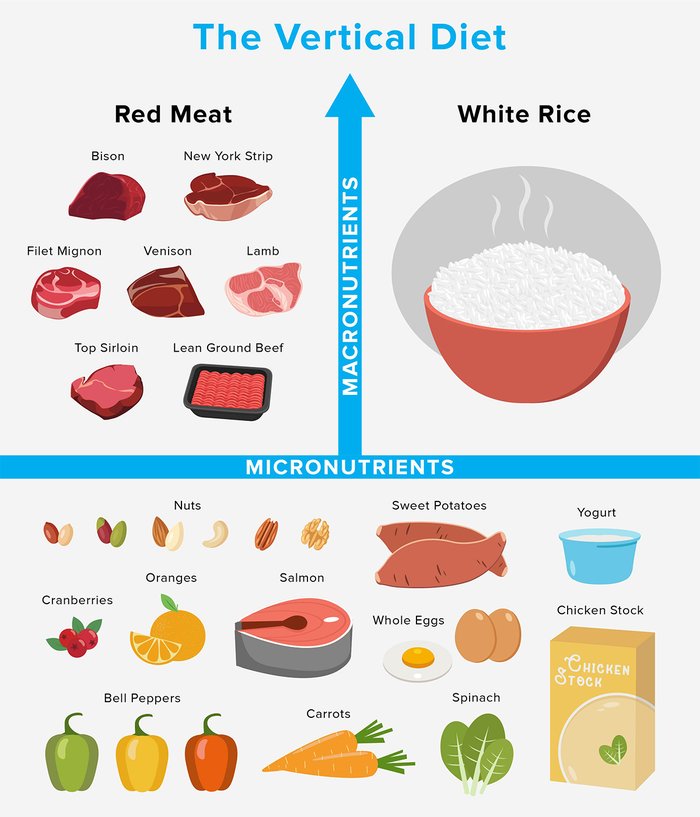
| Aspect | Description | Examples |
|---|---|---|
| ‘T’ Structure | Focuses on select macronutrients and diverse micronutrients. | – |
| Macronutrients Focus | Easy digestion and essential nutrients for muscle growth. | White rice, potatoes, red meat |
| Micronutrients Balance | Enough micronutrients to meet needs without digestive stress. | Vegetables, fruits, dairy products |
Check out other diets
Foods To Eat on Vertical Diet
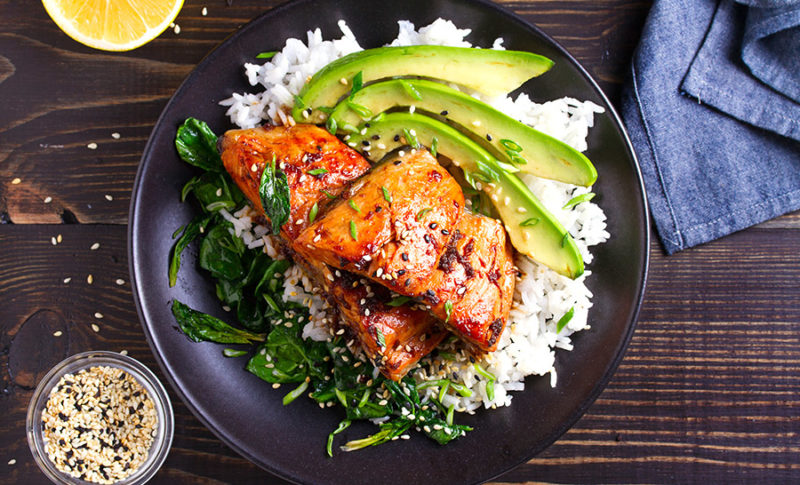
The main focus of a Vertical Diet is on red meat and white rice as they promote muscle growth and testosterone production. However, not all of your micronutrients can be met with these two foods. Therefore, foods nutrient-rich and easy-to-digest foods like eggs, yogurt and vegetables are also a part of this diet.
Here are a few the foods you’re allowed to eat such as:
Protein
- Red meats
- Chicken
- Turkey
- Lean seafood such as salmon
Carbs
- White rice (since they’re digestible)
- White potatoes (they’re also easy to digest)
- Soaked or fermented oats
- Breakfast cereals
- Pasta (in limited quantities)
Veggies
- Carrots
- Cucumbers
- Eggplant
- Spinach
- Cauliflower
Fruits
- Berries
- Oranges
- Apples
- Grapes
- Bananas
- Melons
- Pineapple
- Kiwi
Dairy
- Whole milk
- Cheese
- High-fat yogurt
Fats
- Extra-virgin olive oil
- Coconut oil
- Avocado oil
- Nuts
- Seeds
Other Foods
- Eggs
- Broth
- Beans
- Certain legumes
Foods To Avoid on Vertical Diet
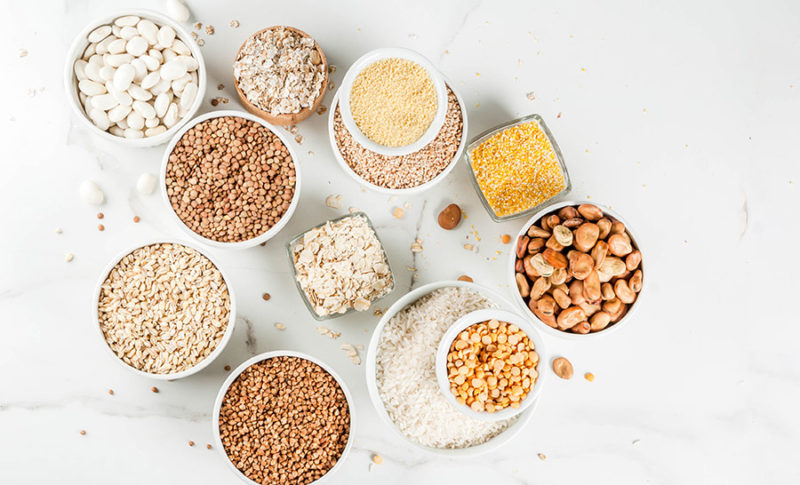
When it comes to dietary restrictions, Stan Efferding says, “I don’t eat foods I like, I eat foods that like me.” Since everyone’s body is different, what may not suit one person may be the most easy-to-digest food for another.
The goal of Vertical Diet is to eat foods that you can easily digest. So, make sure you understand your own body well enough to know what works for you and what doesn’t.
In general, here are a few foods to avoid on a Vertical Diet:
Veggies
- Onions
- Garlic
- Broccoli
- Brussel sprouts
Beans (such as kidney, pinto, black and navy that usually cause bloating)
- Chickpeas
- Lentils
- Peas
- Soybeans
Processed Foods
- Chips or crackers
- Baked goods
- Processed meats such as deli meats, hot dogs, sausages
- Energy drinks, juices and sodas
- Frozen or pre-made melas
- Fast food (as it is typically high in sodium and sugar)
Grains (that are high in gluten)
- Wheat
- Pasta
- Bread
Carbs
- Brown rice
Fats (that contain inflammatory properties)
- Canola oil
- Soybean oil
- Corn oil
Fruits
- Mangoes
- Pears
- Cherries
- Watermelon
- Dry fruits
Drinks
- Alcohol
- Coffee
Dairy products (for those who are lactose intolerant)
5 Benefits of Vertical Diet

Vertical Diet is designed to enhance performance and athletic prowess. Of course, it comes with its own set of benefits such as:
1. Less Bloating
Because the diet emphasizes consuming low-FODMAP foods, the Vertical Diet significantly reduces constipation, bloating and diarrhea. If you struggle with bloating, this is definitely going to help you – and you’ll look and feel leaner too!
2. Consume Food in Higher Volumes
By consuming foods that are easy to digest, you can eat more and burn more. One of the greatest problems athletes face is consuming enough calories because they eat nutrient-dense food. This feeling of being full hampers weight gain.
By focusing on macro-nutrients, you’ll be able to hit all your macro targets while achieving your fitness goals.
3. Muscle Growth and Recovery
Since the Vertical Diet is a protein-rich diet, it not only promotes muscle growth but also recovery. As its focus is on red meats, it also provides you with the crucial amino acids that help you build mass.
4. Improved Overall Health
What makes Vertical Diet so great is that it is simple yet effective. With its minimal ingredients, it fulfills your body’s nutrient requirements – all the while keeping you healthy. It minimizes high-sugar, processed and caffeinated items. This improves your overall blood sugar levels, cholesterol and metabolism, benefiting you in the long-run.
5. Simple And Consistent
The greater the variety, the greater the choices and variables at play. This can make it harder to keep track of your calories and nutrient consumption. With Vertical Diet, although your options are limited, you’re able to easily monitor what you’re putting in your body.
With 4 to 5 meals per day, you can easily be in a calorie surplus to quickly add weight and build brawny muscle.
The best part about the Vertical Diet is that you can tailor it according to your caloric requirements. So let’s say you want to build lean mass and lose fat, you can alter your food consumption according to your macros.
The 4 Downsides of Vertical Diet
While there are several benefits of Vertical Diet, it does come its cons as well. Here are some downsides of the Vertical Diet:
1. It Can Be Expensive
Red meat, the main component, is more expensive than most sources of protein. The reason red meat is preferred over white meat is because of its nutritional value. A cheaper fix to consuming just red meat is to consume some white meat as well. If you are consuming iron, zinc and vitamin B in adequate quantities, consuming just white meat in place of red meat has no downsides. This switch would also not affect the goals of the diet.
2. Red Meat and Health
Current studies suggest that we do not need to limit red meat in contrast to professional advice that says red meat should not be excessively consumed. Some health professionals do suggest a link between excessive red meat consumption and bowel cancer.
Another example of red meat and its notorious effects is that people who eat red meat are more likely to commit behaviors with negative health effects vs. people who follow plant-based diet.
Again, the research on red meat points in both directions, the good and the bad.
3. Not Everyone Can Have It
Another major downside of the meat and rice diet is that not everyone can have it. Since it focuses on meat-based protein sources, people who are vegan, vegetarian or people who’re restricted from consuming red meats due to health conditions can’t really have this diet.
4. Nutritional Imbalance
Since the Vertical Diet restricts a lot of grains, beans and even veggies, it may lead to an overall nutritional imbalance. For instance, it restricts high-fiber foods as they could lead to bloating. However, fiber is also crucial for gut health and a healthy digestion. This makes Vertical Diet slightly risky in the longer run.
5 Day Vertical Diet Meal Plan – 3000-3500 kcal Per Day
Assuming your goal is mass building and muscle growth, you’re likely to be in a caloric surplus. This meal plan is designed for those want to gain muscle mass, improve their nutrition and boost their athletic performance. However, if your goal is fat loss and building lean muscle mass, you can always customize this meal plan and reduce the calories to fit into your macros.
| Day | Breakfast | Lunch | Snack | Dinner | Dessert | Calorie Count (Est.) | Macros (Est.) | Micronutrients (Key) |
|---|---|---|---|---|---|---|---|---|
| 1 | Scrambled eggs (2) with spinach (50g) and cheese (30g) | Steak (200g) with white rice (200g) and carrots (100g) | Greek yogurt (150g) with honey (1 tbsp) and banana (1 medium) | Grilled chicken breast (200g), baked potato (150g), green beans (100g) | Cottage cheese (100g) with pineapple (100g) | 3200 kcal | Protein: 180g, Carbs: 300g, Fat: 100g | Iron, Vitamin B, C, Calcium |
| 2 | Oatmeal (150g) with milk (250ml) and strawberries (100g) | Salmon (200g) with quinoa (150g) and asparagus (100g) | Almonds (30g) and orange (1 medium) | Bison burger (200g) with sweet potato fries (150g) | Dark chocolate (30g) | 3400 kcal | Protein: 170g, Carbs: 320g, Fat: 110g | Omega-3, Fiber, Vitamin D, E |
| 3 | Protein shake with banana and milk | Turkey breast (200g) with brown rice (200g) and cucumber salad (100g) | Cottage cheese (150g) with pineapple chunks | Beef stir-fry (200g) with bell peppers (100g) and white rice (200g) | Greek yogurt (150g) with mixed berries (100g) | 3500 kcal | Protein: 190g, Carbs: 310g, Fat: 105g | Vitamin A, C, Zinc, Probiotics |
| 4 | Whole eggs (3) and avocado on toast | Chicken thigh (200g) with baked potato (150g) and broccoli (100g) | Protein bar (1) | Pork chops (200g) with mashed potatoes (200g) and green beans (100g) | Berries (100g) with whipped cream (30g) | 3300 kcal | Protein: 180g, Carbs: 300g, Fat: 110g | Potassium, Vitamin K, Magnesium |
| 5 | Greek yogurt (150g) with honey (1 tbsp) and apple (1 medium) | Grilled salmon (200g) with white rice (200g) and spinach (100g) | Mixed nuts (30g) and a pear (1 medium) | Chicken breast (200g) with quinoa (150g) and mixed vegetables (100g) | Cottage cheese (100g) with blueberries (100g) | 3200 kcal | Protein: 175g, Carbs: 305g, Fat: 105g | Omega-3, Vitamin B6, B12, Fiber |
Pro Tip: Make sure you’re wearing gym clothes during your workouts to build muscle and gain mass!
Key Takeaway
There are numerous diets available on the internet alone to make you wonder which one is the right one for you. Each diet comes with its pro’s and con’s. Also, each diet was created to achieve a certain weight goal. You can choose from high protein vegetarian recipes to Keto meal prep ideas – it all depends on you!
While it’s true “you are what you eat”, you also need to focus on full body workouts to achieve your desired physique. The right combination of diet and exercise is the optimal solution to attain any weight goal and shape.
FAQs
Foods like red meats, lean meats such as turkey, chicken, salmon, eggs, full fat dairy products, fruits like berries, oranges, apples, pineapples, pastas, white rice and more are allowed on the Vertical Diet.
It is called the Vertical Diet because of its structure and nutrient division. It focuses on highly nutritious foods that are easy to digest, and they make up the vertical element of the diet. The wider range of foods that complete the diet make up the micronutrients of the diet.
Yes, you can consume milk when you’re on the Vertical Diet. A Vertical Diet promotes eating habits that are nutrient-rich and easy to digest. Other than red meat and white rice, you can have other foods as well such as fruit, low-FODMAP veggies, whole-fat dairy such as yogurt, milk, cheese, eggs, and lean meats such as fish.
Yes, whether you’re on a Vertical Diet or not, you should always choose to workout and stay fit. However, a Vertical Diet is high in carbs along with being protein-rich, which means that not only does it boost post-workout recovery, it also fuels your body for your workouts. Whether you’re bulking or shredding, you can always change your caloric consumption and customize it to fit your macros. Make sure you’re wearing the right workout clothes when you’re hitting your sweat sessions while consuming the Vertical Diet to stay motivated and push yourself at the gym!
Read More From SQUATWOLF




